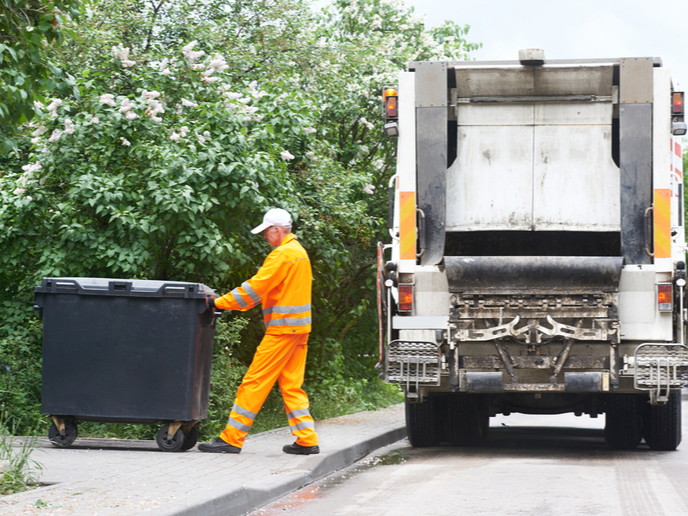Smarter waste collection and increased sustainability through application of Internet of Things sensor technology
Collecting waste based on fixed schedules and routes has been identified as a significant inefficiency in the waste industry today. In this static scheduling model each container is given a fixed collection day, for example every Monday and Thursday, and is collected according to a route that barely changes from week to week. This means that containers are collected regardless of whether they are full or not. This longstanding de-facto standard model of collecting waste means unnecessary driving to collect empty containers, as well as problems with overfilling as the rate at which waste builds up changes over time. The result is significant unnecessary costs due to unnecessary operational time, fuel consumption and greenhouse gas emissions. The EU-funded SmartWASTE project addressed this challenge by developing a solution for optimising transport operations and tackling the environmental and logistical difficulties facing the European transport sector. Their goal was to integrate waste management into the circular economy.
More efficient waste collection
Researchers piloted the system in 10 large scale operations before scaling-up and expanding the service into new regions across Europe. “Through the pilots we can gain important feedback for product development and improve operations for large scale regional expansion,” says Johan Engström, project coordinator and CTO of Finnish waste services company Enevo Oy. At the heart of SmartWASTE is a wireless IoT waste sensor, which is installed inside the waste containers and uses ultrasonic sonar technology to continuously monitor them and relay information to the cloud. “The sensor is the size of a hockey puck, requires minimal maintenance, and makes sure your dumpsters are only emptied when they need to be,” Engström explains. The data is then analysed to determine how full the containers are, when they were last emptied, and most importantly, when they next need to be collected. SmartWASTE then automatically creates daily dynamic collection plans, depending on container fill levels and fill-up rates. The system also takes into account limitations such as vehicle availability and capacity, traffic conditions, forced collection rules and maximum intervals between collections. “The software contains tools for efficiently managing fleets and containers as well as planning and executing dynamic and efficient collection routes,” notes Engström. “Our patented sensor and analytics technology are unparalleled in our industry, bringing waste into the IoT.”
Everyone benefits
Drivers execute the plans using a tablet application, which provides turn-by-turn navigation between collection sites and the possibility to report any issues with the collections. This operational data is then fed back into the cloud, where operation managers can monitor and control the waste collection operation as a whole. According to Engström: “The patented software calculates millions of possible service routes to create the greatest cost-efficiency and environmental benefits over time.” SmartWASTE gives operators, such as local authorities, a better understanding of waste material flows and enables around 40% more containers to be collected using the same vehicle capacity. The result is reduced costs, less customer complaints, a cleaner, healthier and more pleasant environment and happier citizens. Current indications suggest that the waste industry is waking up to the new possibilities created by waste sensors and demand based waste collection. ”We are now beginning to see European local authorities that wish to cover the entire city with a sensor-based dynamic collection system,” Engström concludes.
Keywords
SmartWASTE, sensor, waste collection, Internet of Things (IoT), transport, static schedule, static route, circular economy

